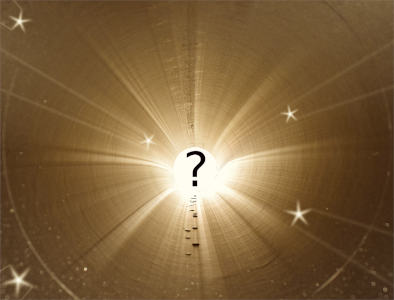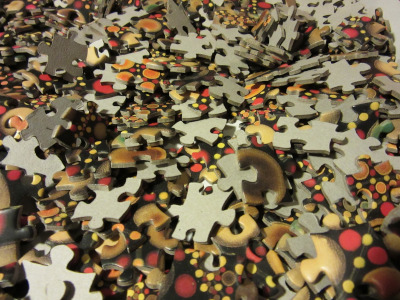Speed puzzling with tunnel vision? What is that?
At one point in my speed puzzling events, I remember that I had tunnel vision and almost blew my time. It became a real problem and I didn’t know what to do. That was until my teammate stepped in to share some ideas on what to do.

Speed Puzzling Tunnel Vision is a Real Problem Players Face?
What is speed puzzling tunnel vision? It’s where a puzzler becomes overly focused on a specific area of the puzzle to the detriment of the overall picture, can hinder efficiency and lead to slower puzzle completion times. Some people call it fussing. Other people suggest it’s obsessing. In reality, it’s tunnel vision.
Table of Contents
You need to be aware of tunnel vision in jigsaw puzzle play competitions. It will kill your time, frustrate you to no end and really ruin the fun of speed puzzling. That being said, it’s simple to identify this situation and it’s quick to rectify too. Try some of the five tips to avoid when playing speed puzzling
5 Tips to Avoid Tunnel Vision during Speed Puzzling
1. Regularly Rotate the Puzzle.
Why? It broaden Perspectives and puts the pieces in front of you. Actively rotate the puzzle at regular intervals to view it from different angles. This prevents fixating on a single section and encourages a broader perspective, helping you identify patterns and connections throughout the entire puzzle.
2. Divide and Conquer Quickly.
Instead of solely concentrating on one area, break the puzzle into manageable sections. Do this in an intentional manner to make sure you spend time for the whole puzzle. Focus on solving each section independently before connecting them. This approach ensures a systematic and organized strategy, preventing tunnel vision and promoting efficient puzzle-solving.
3. Utilize Peripheral Vision to see details.
When you expand the Visual Field you make every piece count. Train your peripheral vision to capture details beyond the immediate focus. Peripheral vision allows you to monitor multiple sections simultaneously, reducing the risk of becoming overly fixated on one area. This expanded visual field enhances your ability to spot patterns and connections across the puzzle.
4. Prioritize Key Connections to start linking.
Identify key pieces or connections that link different sections of the puzzle. Prioritize these critical elements strategically to maintain a cohesive overall image. By understanding the significance of certain connections, you can prevent tunnel vision and work towards a more comprehensive assembly.
5. Take Breaks and Reset Your focus.
Avoid Prolonged Staring as that’s not going to help your play: Staring at the puzzle for extended periods can contribute to tunnel vision. Take short breaks to reset your focus and prevent fatigue. This allows you to return to the puzzle with a refreshed perspective, reducing the likelihood of fixating on specific areas.

Avoiding tunnel vision with speed puzzling is essential for maintaining efficiency and achieving faster completion times. It might not be obvious this has snuck into your speed puzzling routine, but it’s possible to tell if your speed starts to slip.
Incorporate Tips to Better Your Game
By incorporating these tips into your speed puzzling practice, you’ll develop a more balanced and strategic approach. By ensuring that your focus remains dynamic and adaptable throughout the entire puzzle-solving process you can be a success! See you at the puzzle competition!
